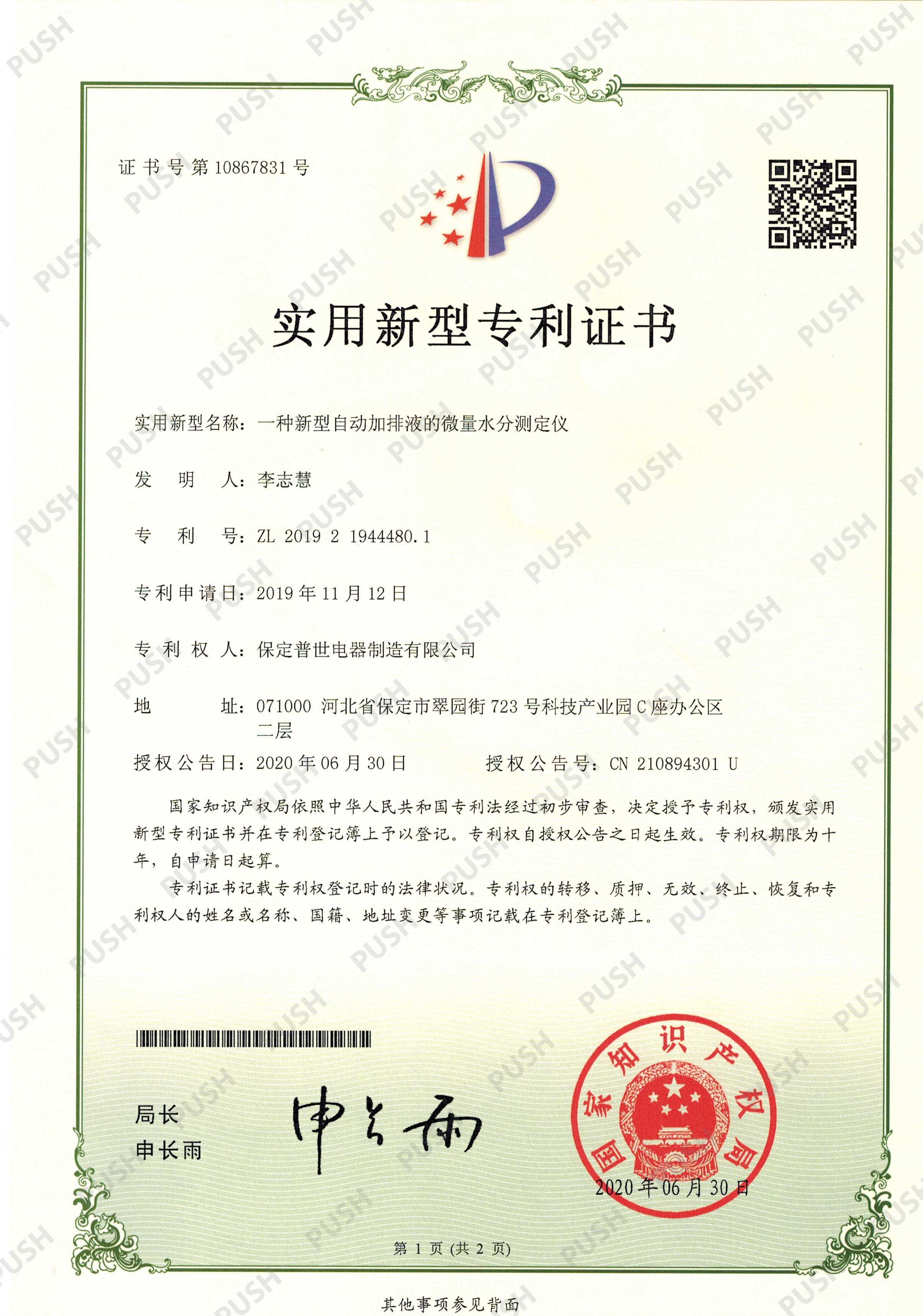 English
English


Effects of Lightning Impulse Testing on the Performance and Reliability of Power Transformers
Lightning Impulse Testing on Power Transformers
Lightning impulse testing is a critical procedure used to assess the insulation strength and reliability of power transformers. Given their essential role in electrical power distribution, transformers must be rigorously tested to ensure they can withstand the rigors of electrical surges caused by lightning strikes and other transient phenomena. This article delves into the significance, methodology, and safety considerations associated with lightning impulse testing on power transformers.
Importance of Lightning Impulse Testing
Power transformers, which serve as the backbone of electrical grids, are susceptible to high-voltage surges that may arise from lightning strikes. These surges can lead to insulation breakdown, resulting in costly damage, operational failures, and potential safety hazards. Lightning impulse testing simulates the electrical stress that a transformer may encounter under real-world conditions, ultimately allowing engineers to validate the integrity of the insulation systems. The information gained from these tests is crucial for confirming that transformers can withstand extreme voltage conditions, thereby ensuring the reliability and longevity of electrical infrastructure.
Testing Methodology
The lightning impulse test typically involves subjecting the power transformer to high-voltage impulses, which generally follow the standardized waveform defined by IEC 60060-1. This test simulates the lightning surge as it would occur in nature, usually consisting of a short-duration (1.2/50 microseconds) waveform.
1. Preparation Before testing begins, the transformer is secured and all connections are verified. Safety protocols are strictly enforced to protect personnel and equipment.
lightning impulse testing on power transformers

2. Imposing the Voltage High-voltage impulse generators are employed to deliver short, high-energy voltage pulses to the transformer. Generally, the test is conducted in two phases the application of positive and negative impulses, each tested at specific energy levels.
3. Monitoring Responses During the test, the transformer’s insulation responds to the imposed voltages. Engineers carefully monitor for any signs of breakdown or failure, assessing parameters such as capacitance and power factor before and after the test for comparative analysis.
4. Data Analysis After the testing, recorded data is thoroughly analyzed to determine the insulation’s performance. Any detected disturbances, such as partial discharge or dielectric failure, can indicate weaknesses in the insulation system, necessitating further investigation and remediation.
Safety Considerations
Lightning impulse testing poses inherent risks due to the high voltages involved. Therefore, stringent safety measures must be employed to protect personnel and equipment. Testing should only be conducted by trained professionals wearing appropriate protective equipment. The testing area should be cordoned off to prevent unauthorized access, and fail-safe systems must be in place to mitigate the impact of unexpected surges or equipment failure.
Conclusion
Lightning impulse testing is indispensable for ensuring the resilience and functionality of power transformers. As the grid continues to evolve and the incidence of severe weather phenomena increases, the importance of such testing will only grow. By validating the insulation strength of transformers through comprehensive testing protocols, utilities can protect their infrastructure, safeguard their investment, and maintain the reliability of power delivery systems. As technology advances, improvements in testing methodologies and instrumentation will undoubtedly enhance the precision and effectiveness of lightning impulse testing, ensuring that power transformers remain robust against the unpredictable forces of nature.
-
Differences between open cup flash point tester and closed cup flash point testerNewsOct.31,2024
-
The Reliable Load Tap ChangerNewsOct.23,2024
-
The Essential Guide to Hipot TestersNewsOct.23,2024
-
The Digital Insulation TesterNewsOct.23,2024
-
The Best Earth Loop Impedance Tester for SaleNewsOct.23,2024
-
Tan Delta Tester--The Essential Tool for Electrical Insulation TestingNewsOct.23,2024





